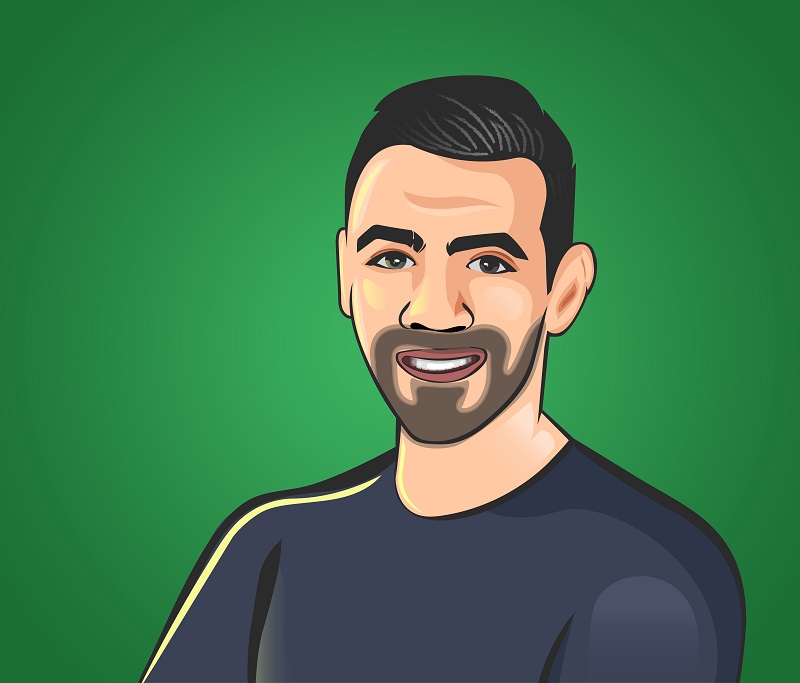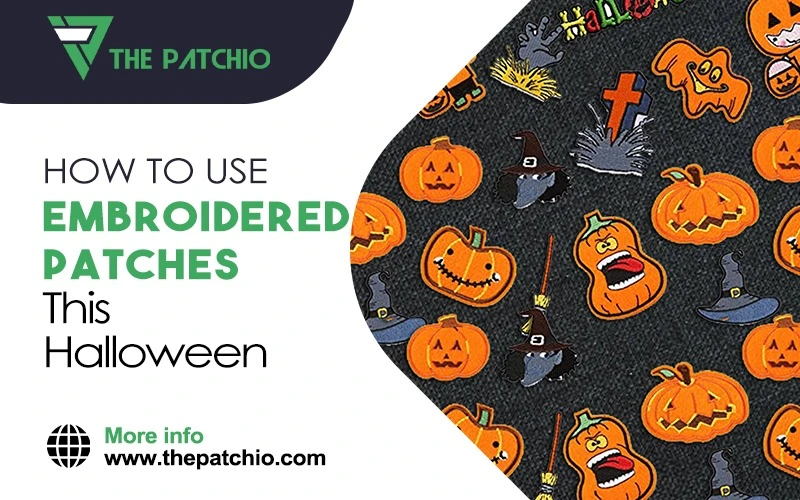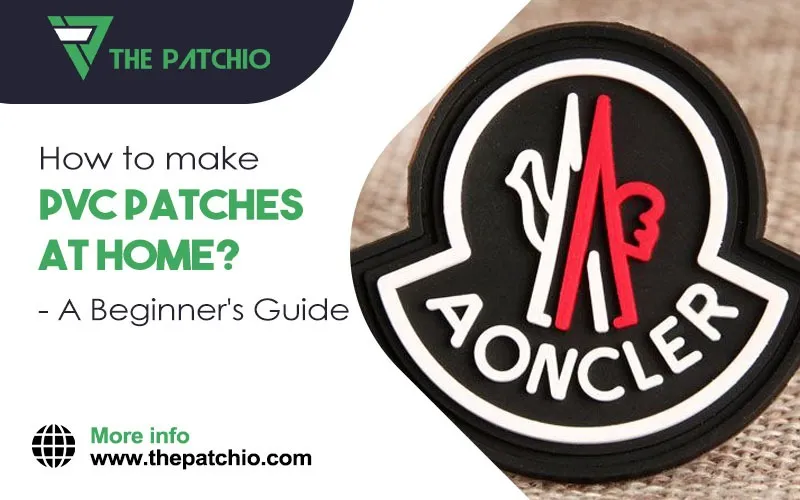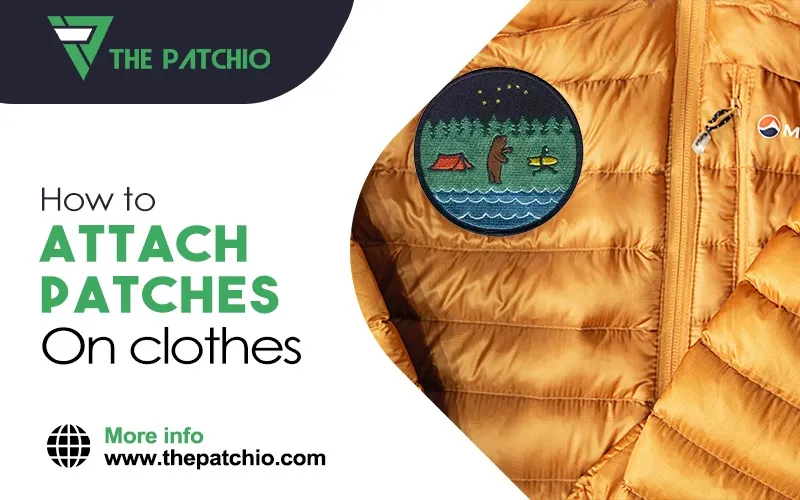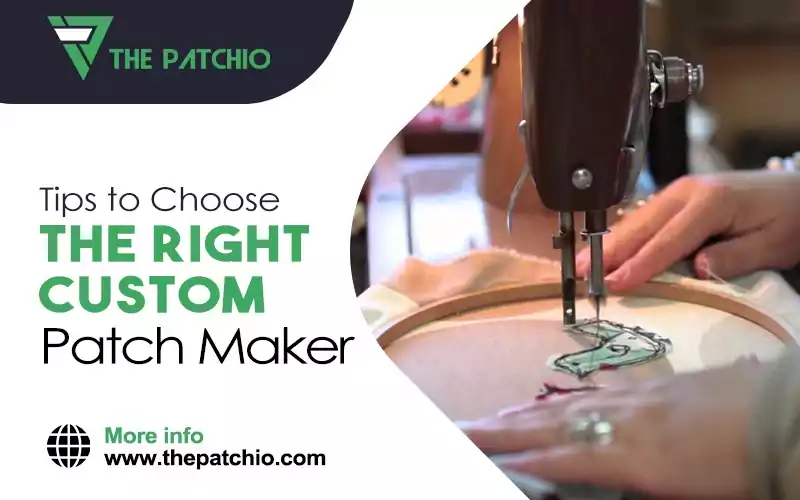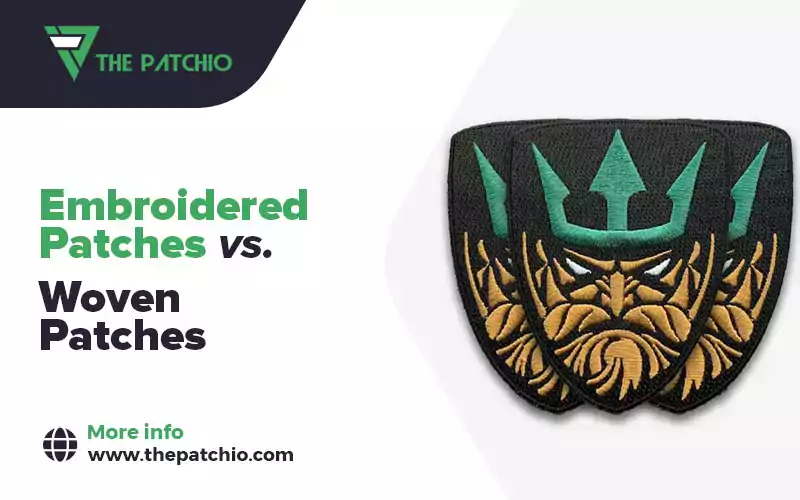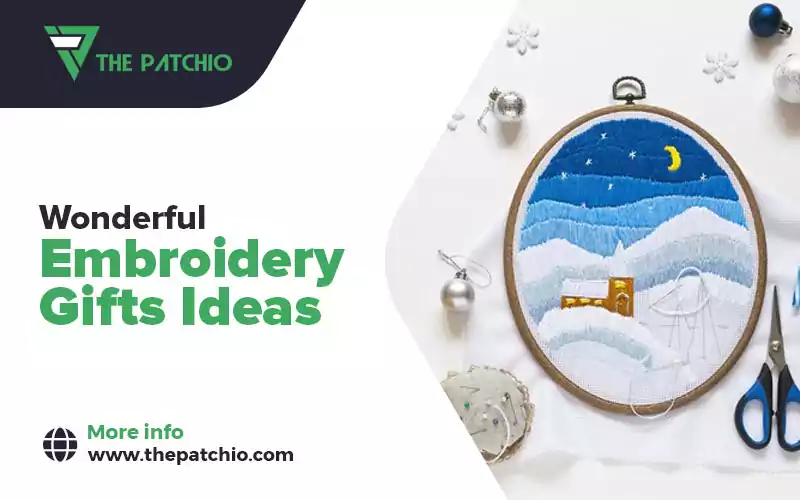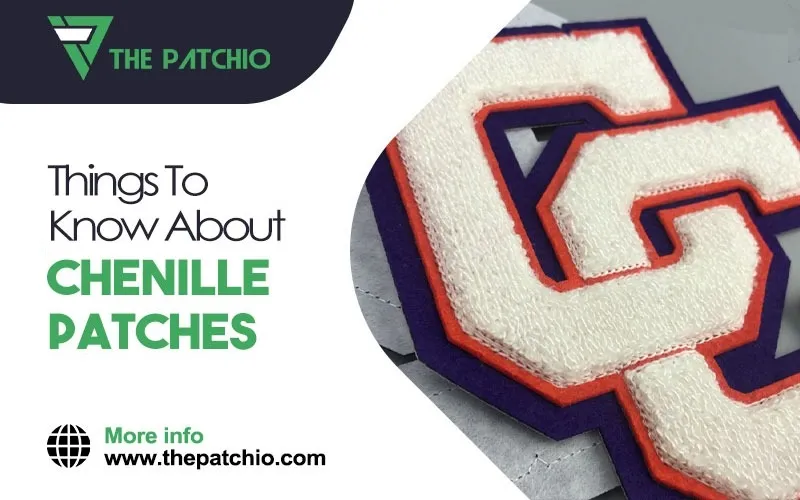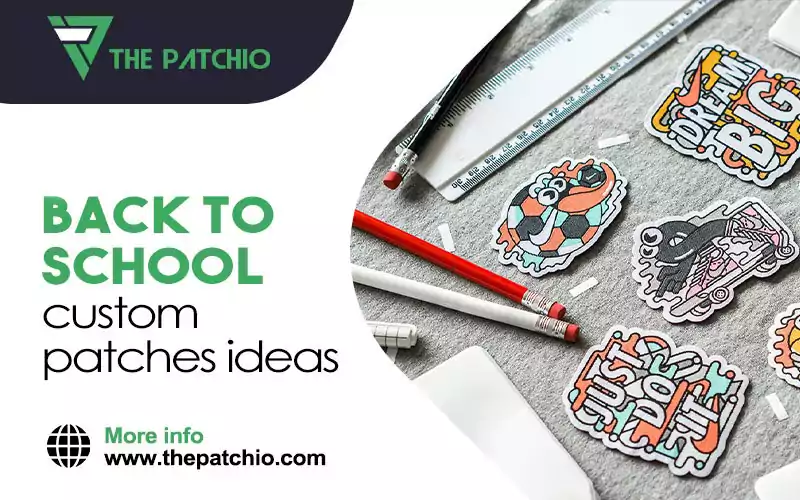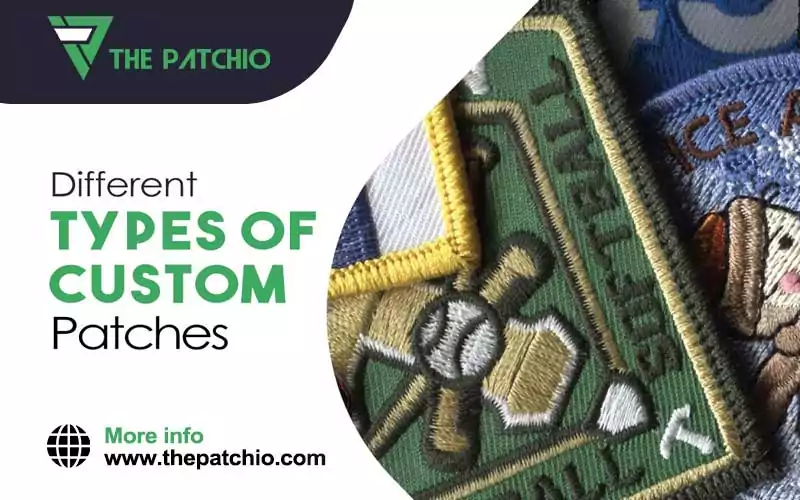
Custom patches have evolved from mere adornments to powerful branding tools. Whether you want to personalize clothing, enhance uniforms, or represent a team or organization, the correct patch is not just a choice but a significant representation. With countless options available in terms of materials, designs, and backing, choosing the perfect patch can be overwhelming.
However, you can make an informed decision with the proper knowledge about aspects such as cost, material, turnaround time, durability, texture, etc. In this blog, we will tell you about different types of custom patches and their general cost, so you can make that significant choice and feel pride in representing your team or organization with the best patch.
Common Types of Patches
1. Embroidered Patches
Embroidered patches, one of the oldest and most cherished types of custom patches, offer a unique style that is your own. With hundreds of thread colors, they allow for precise brand or image matching, making them ideal for showcasing your individuality. The distinctive texture of embroidered patches adds depth to specific patterns, making designs stand out and making you feel special.
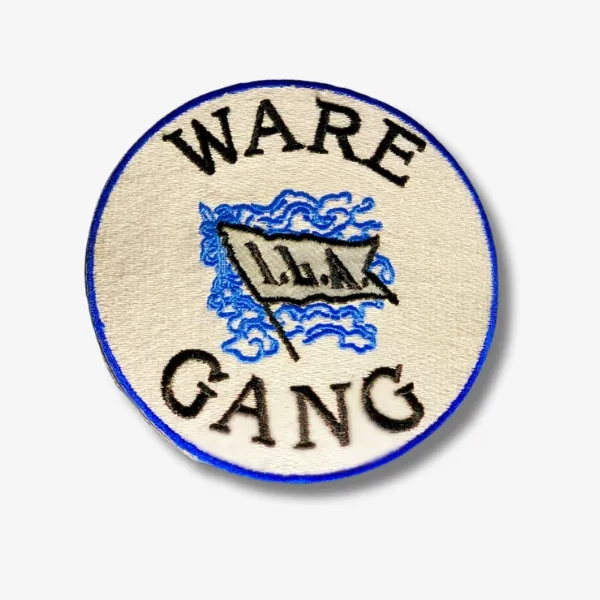
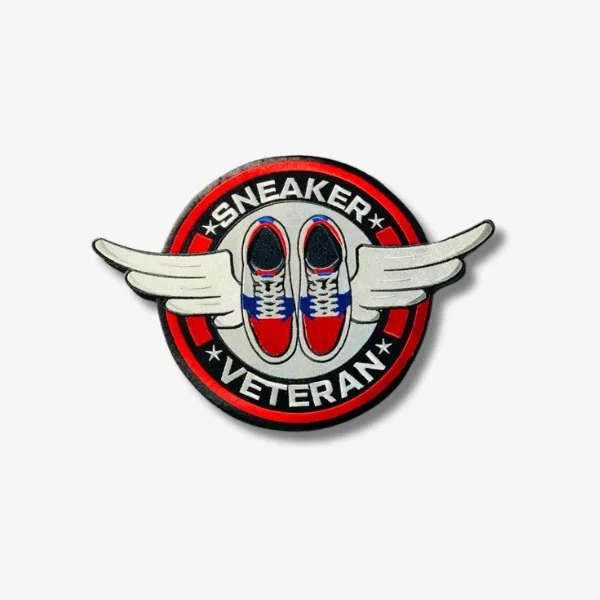
Embroidered patches balance cost and durability, providing a high-quality, lasting solution without breaking the bank. Their quick and efficient creation process ensures a rapid turnaround, fitting seamlessly into your schedule and making you feel productive.
Embroidered patches are a cost-effective choice. In the U.S., prices typically range from $2.00 to $5.00 per patch, depending on size, design complexity, and quantity ordered. This affordability and their visual appeal and durability make embroidered patches a smart choice for any purpose.
2. Woven Patches
Woven patches are a refined alternative to embroidered patches, offering a smoother finish without raised textures. They are durable, offer various color options, and allow for intricate and precise designs. While lacking the textured feel of embroidery, woven patches provide a sleek and polished look, making them an excellent choice for detailed and visually appealing designs. In the U.S.
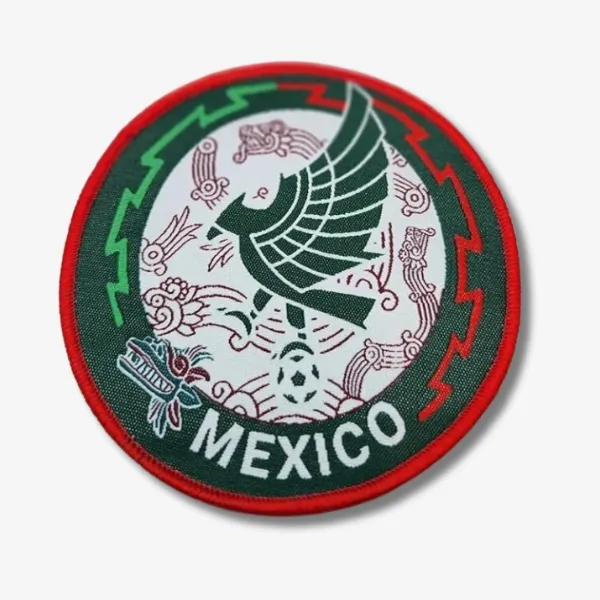
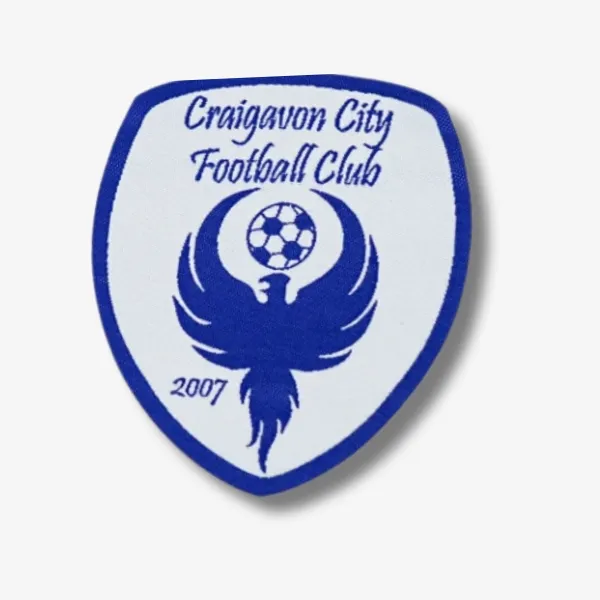
Woven patches generally cost between $1.50 and $3.00 per patch, making them an affordable option for high-quality custom patches.
3. Leather Patches
Custom leather patches, versatile in shapes and designs, are embossed or printed with names, logos, or trademarks. Perfect for jackets, caps, bags, blankets, beanies, and shirts, these patches offer a canvas for creativity and numerous attachment options.
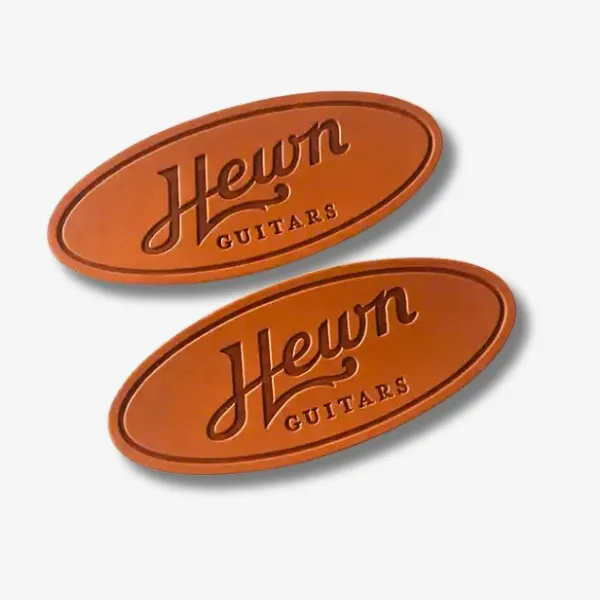
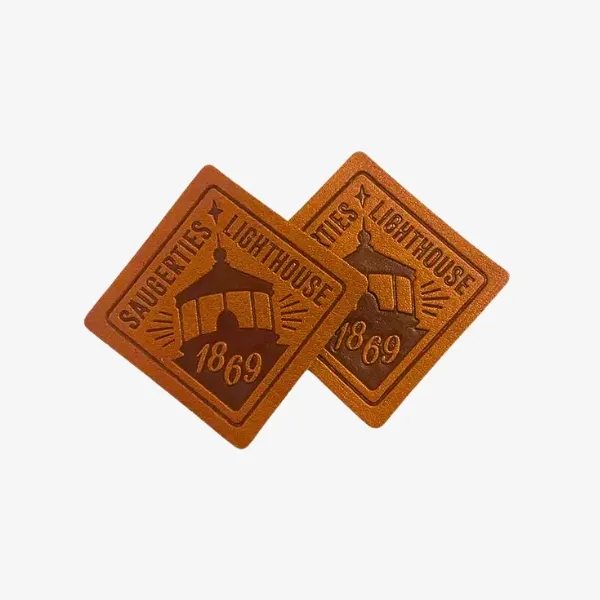
Leather patches, a symbol of rugged elegance, can be tailored to your liking. You can personalize your patches with logos, rivets, and more, knowing they are getting the best quality.
In the U.S., the cost of leather patches typically ranges from $3.00 to $7.00 per patch, depending on size, design complexity, and quantity. Choosing leather patches ensures a durable, stylish, customizable option for enhancing your products, providing security and satisfaction.
4. PVC Patches
PVC patches are a contemporary and durable alternative to traditional embroidered patches. Made from rigid plastic, these patches offer vibrant colours and a high-quality look that embroidery cannot match. Their waterproof nature and ability to withstand extreme temperatures make them perfect for outdoor use and harsh environments, ensuring a long-lasting and reliable investment.
With 2D and 3D styles, PVC patches offer a versatile canvas for your designs. The 2D style presents a flat design, while the 3D style delivers a raised, textured appearance that adds depth and dimension. This versatility makes them a perfect choice for creating standout pieces or unique gifts, as well as for outdoor activities.
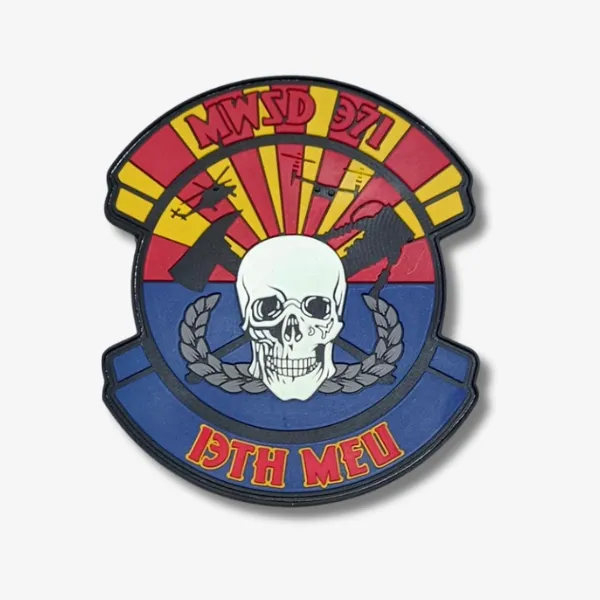
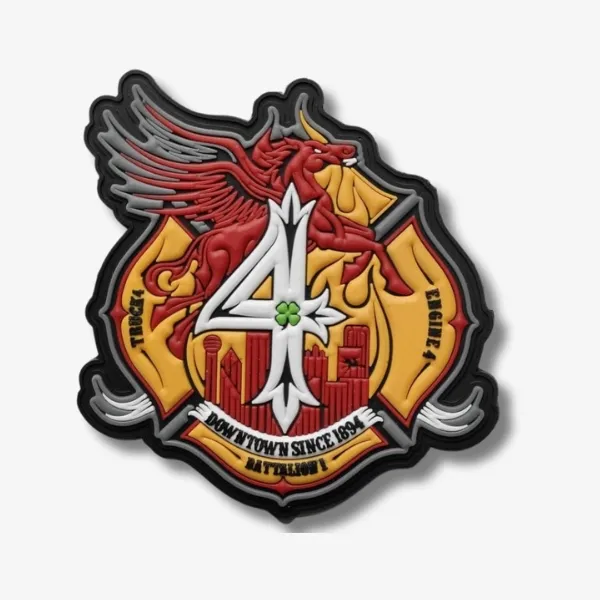
PVC patches generally cost between $2.50 and $5.50 per patch, depending on size and design complexity. Choosing PVC patches ensures a high-quality, durable, and visually appealing product for any purpose.
5. Chenille Patches
Chenille patches offer a unique aesthetic that is not just for varsity jackets. Their fully textured, warm, and classic style can be incorporated into various fashion accessories, creating vibrant, energetic motifs with a whimsical finish. This unique look makes them ideal for bright, colorful designs with simple lettering.
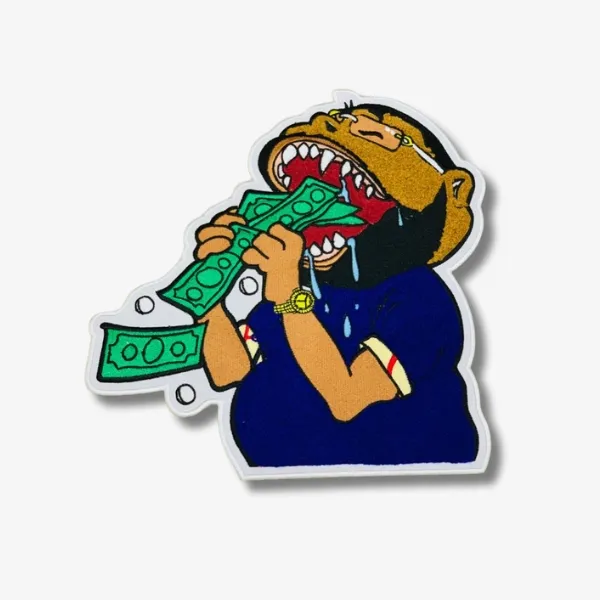
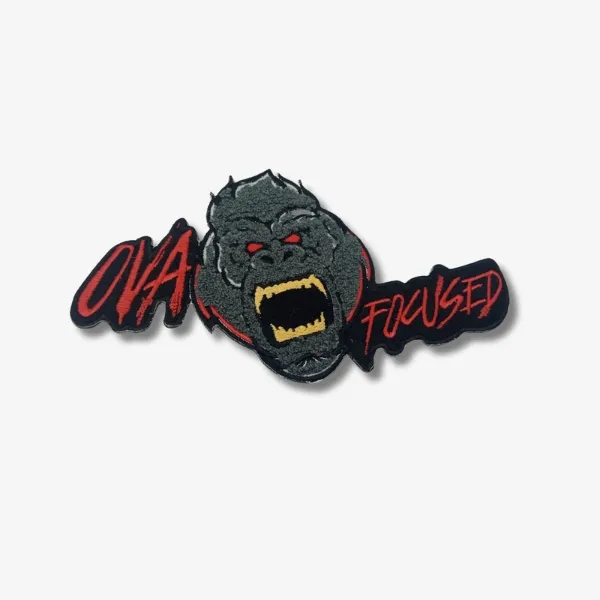
Chenille patches are timeless and trendy, adding a touch of nostalgia to modern fashion. While they excel in creating bold and simple designs, their fuzzy texture may not capture intricate details. In the U.S., chenille patches generally cost between $3.00 and $6.50 per patch, making them an affordable and cost-effective addition to any fashion collection.
Need More Information?
Request a quote. We will get back to you within 8-12 hours with a custom product quote.
6. Name Patches
Name patches are commonly used on work shirts in chains and factories where formal ID cards aren't practical. These straightforward patches, with their practical design, typically feature two color options, making them affordable and easy to produce in large quantities.
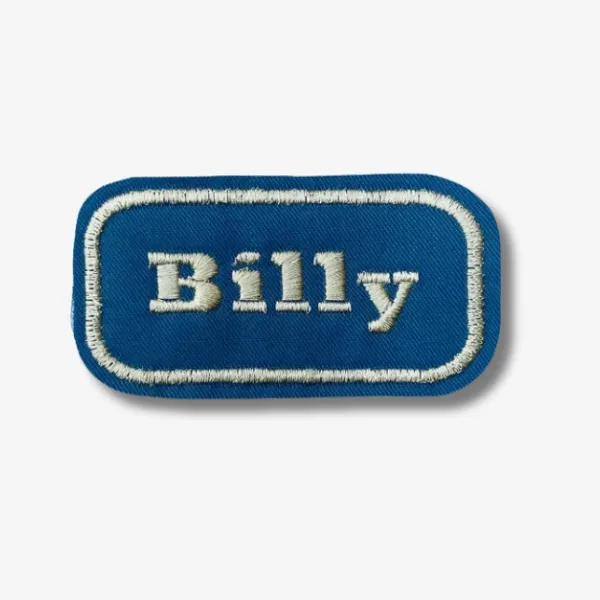
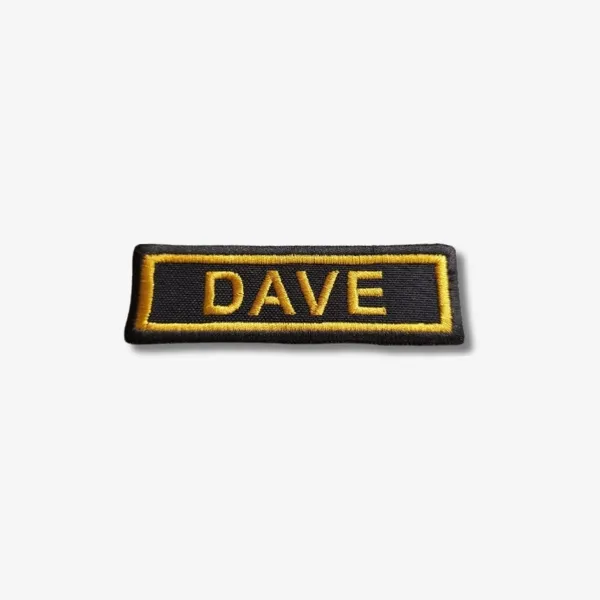
When it comes to uniform identification, name patches offer a cost-effective solution. In the U.S., they generally cost between $1.00 and $2.50 per patch, making them a more affordable option than embroidered logos or customized work shirts.
7. Bullion Patches
Bullion patches, with their distinctive wire stitching, not only add sparkle and a 3-D effect to any design but also lend a polished, iconic touch to blazers, shirts, and bags. Their unique selling points make them perfect for elite clubs, military outfits, golf clubs, and other institutions seeking a standout logo.
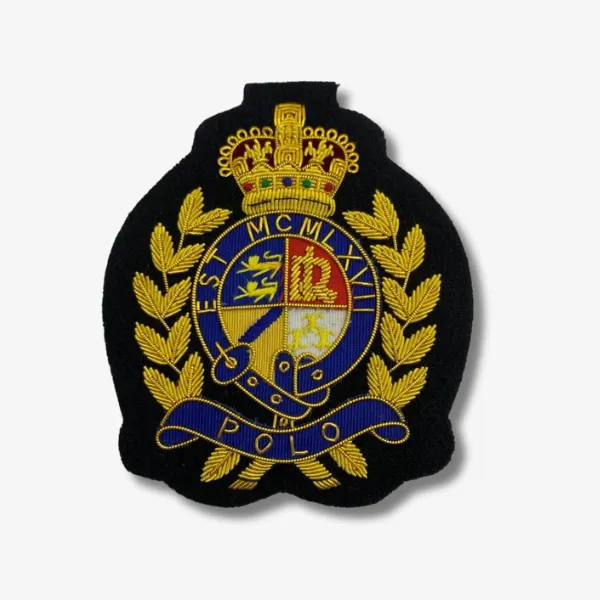
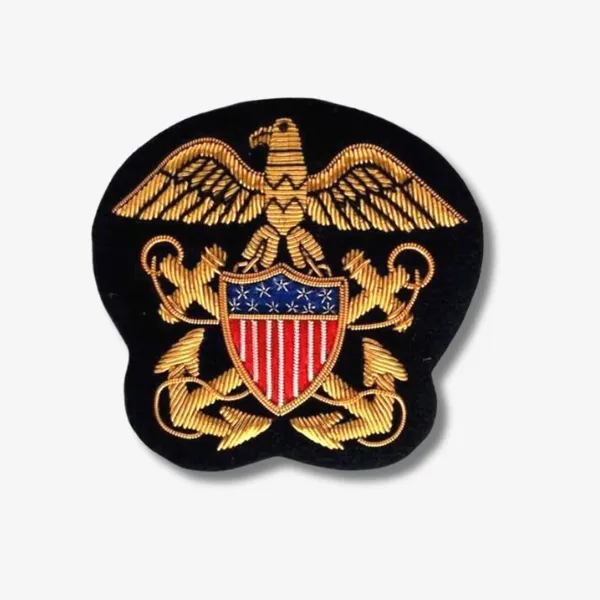
Bullion crests are not just patches, they are crafted with gold and silver wire beads, adding dimension, weight, texture, and an eye-catching appeal. The high-end appearance is not just a result of handcrafting, but of time and precision. Their luxurious look is a testament to the craftsmanship involved, making them worth the investment.
Bullion patches generally cost between $5.00 and $10.00 per patch, depending on size and design complexity. But more than their cost, their durability makes them a worthy investment.
8. Printed Patches
Printed patches are perfect for any design, offering versatility and intricate detail. Using a sublimation dyeing method, the pattern is printed directly onto a blank twill base. This process ensures that colors merge seamlessly, creating a smooth, level surface that looks vibrant and detailed.
Printed patches are ideal for time-sensitive tasks or when you need a photograph-quality design on a patch. They are perfect for detailed, wearable designs, making them great for t-shirts and other apparel.
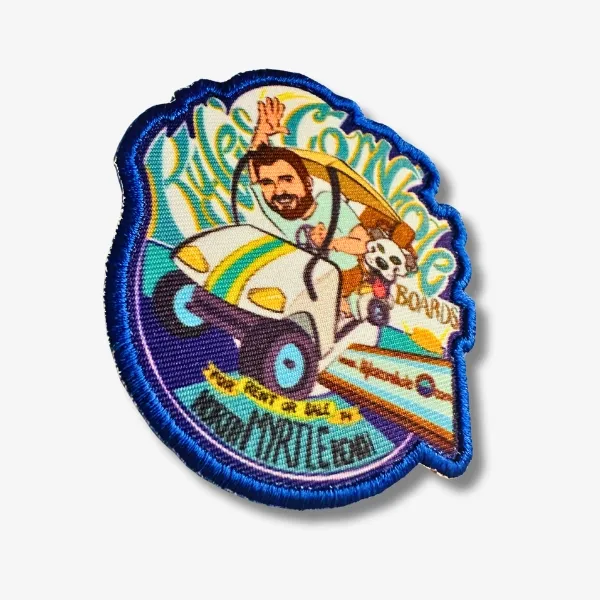
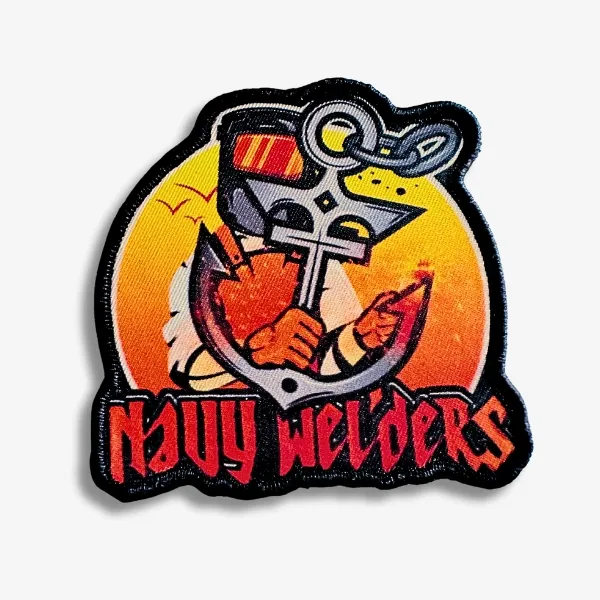
These patches are not only detailed and vibrant but also durable, ensuring they can withstand regular wear and tear. In the U.S., printed patches generally cost between $1.50 and $3.00 per patch.
Note: The above prices mentioned are just to give you an estimate. If you order from us, original prices may vary.
Modern and New Types of Patches
Earlier, I mentioned the common types of patches. However, the world of custom patches has evolved, and there are a few new and modern additions that you need to know about. Below, I will discuss these new types.
Glow-in-the-Dark Patches
Glow-in-the-dark patches emit a soft glow to stand out in low-light conditions. They are perfect for safety gear, nighttime events, or adding a unique touch to clothing and accessories. They are both fun and functional, enhancing visibility in dark environments.
Price Range in the U.S: $2.50 - $4.50 per patch
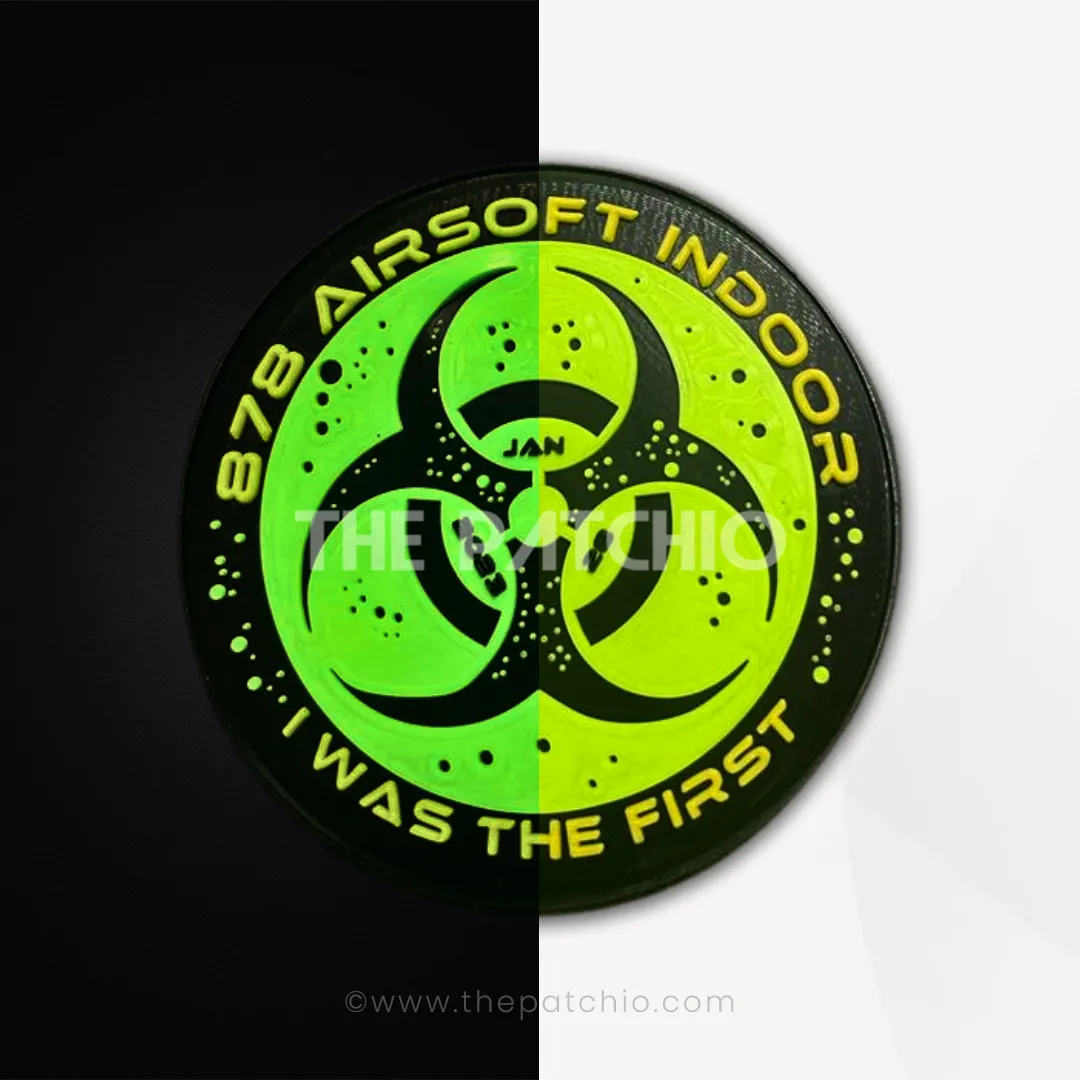
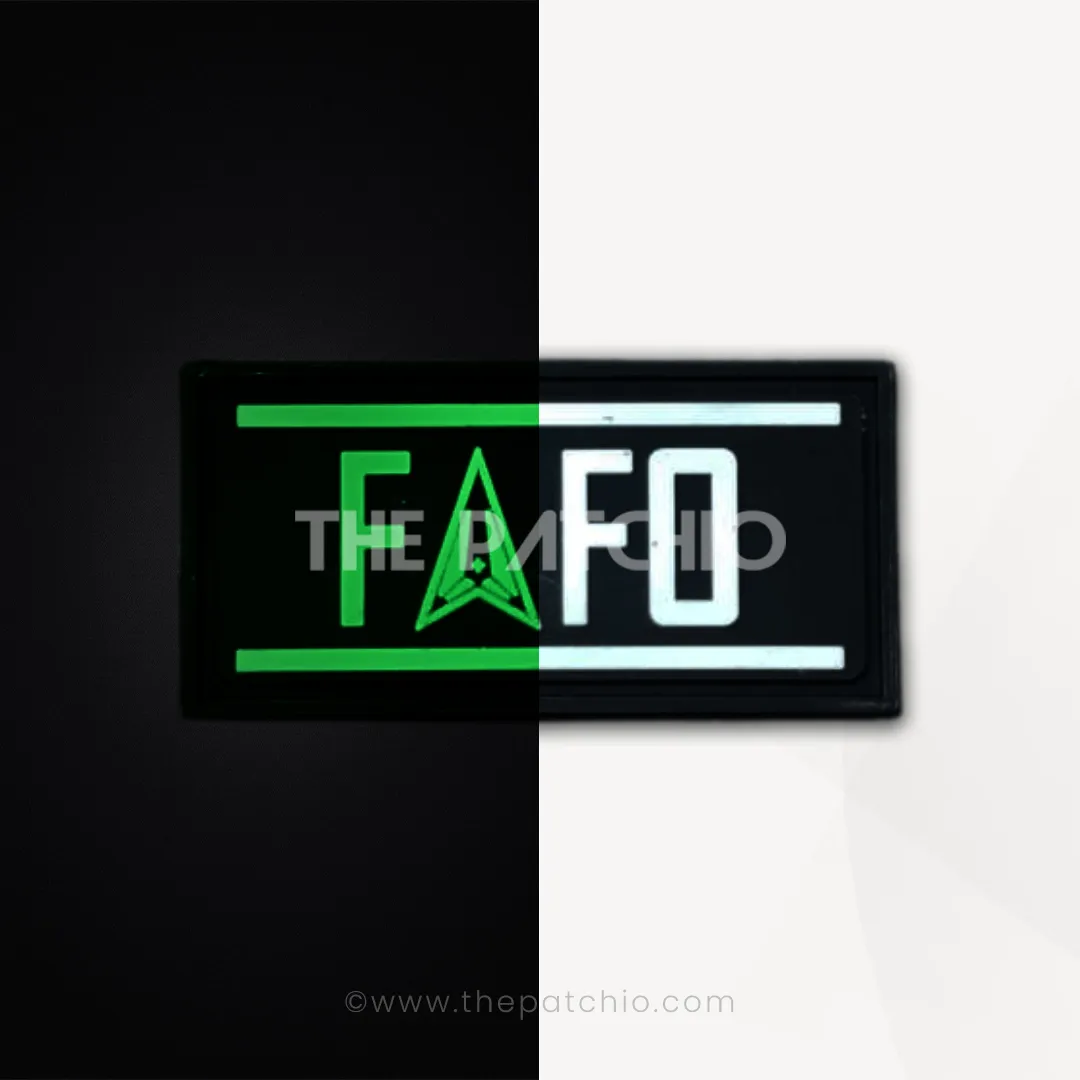
Reflective Patches
Reflective patches, crafted with materials that reflect light, significantly enhance visibility in low-light conditions. These are not just patches; they are your safety companions. Perfect for safety uniforms, outdoor gear, and activewear, these patches ensure you stay visible and safe during nighttime activities. They are essential for anyone needing extra visibility for safety reasons.
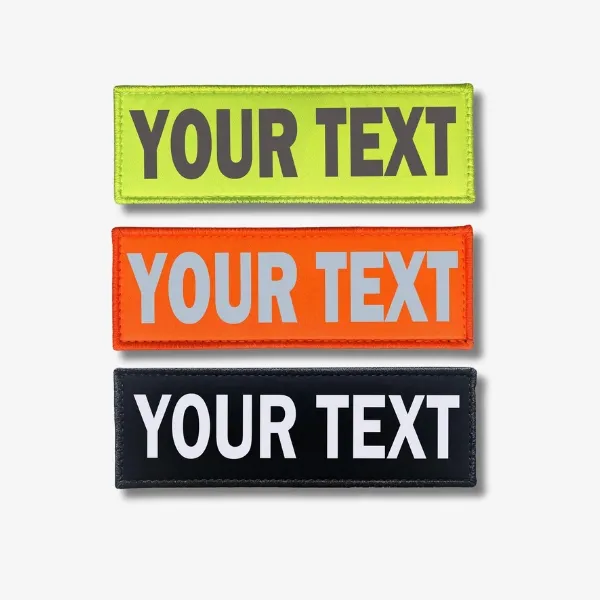
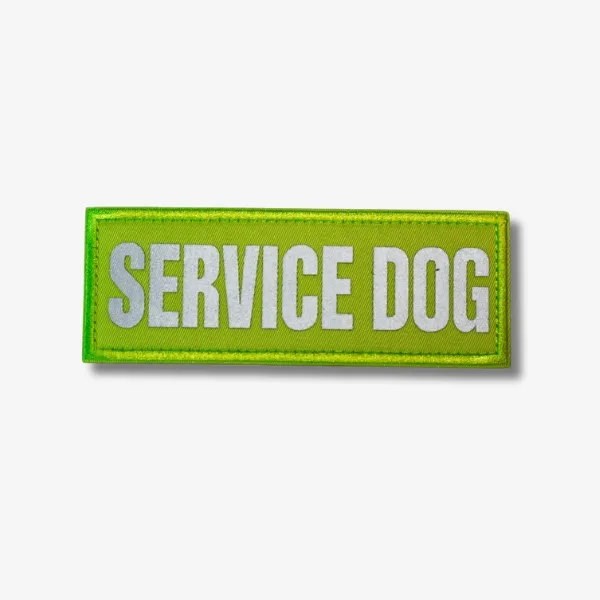
Price Range in the U.S: $2.00 - $4.00 per patch
Appliqué Patches
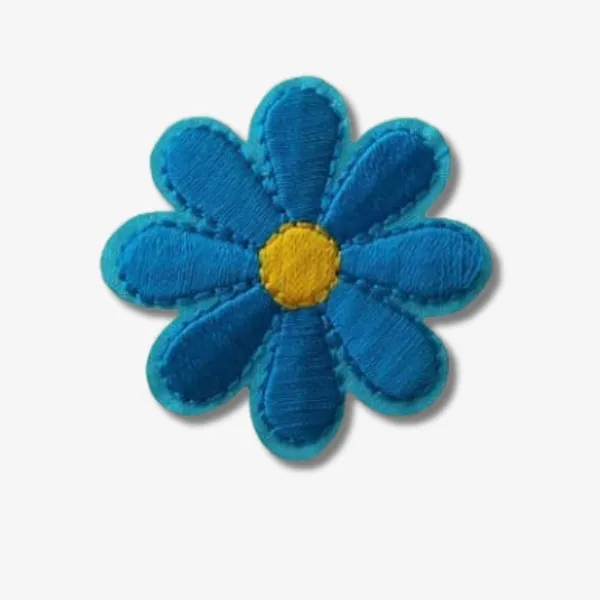
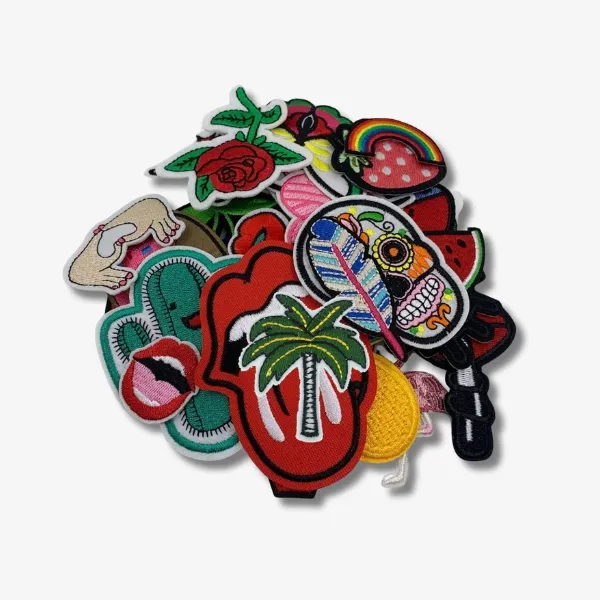
Appliqué patches, featuring intricate designs and patterns sewn onto a fabric base, provide a decorative and textured appearance that is uniquely yours. These patches add a stylish and personalized touch to garments, bags, and home decor items. They offer a high-quality look that enhances any item, making you stand out in a crowd.
Price Range in the U.S: $2.50 - $5.00 per patch
Beaded Patches
Beaded patches embellished with beads add elegance and sparkle to your items, making you feel like a star. Perfect for fashion garments, accessories, and special occasion outfits, these patches make any design stand out with their intricate and eye-catching detail. They are ideal for creating a luxurious and unique look that will turn heads.
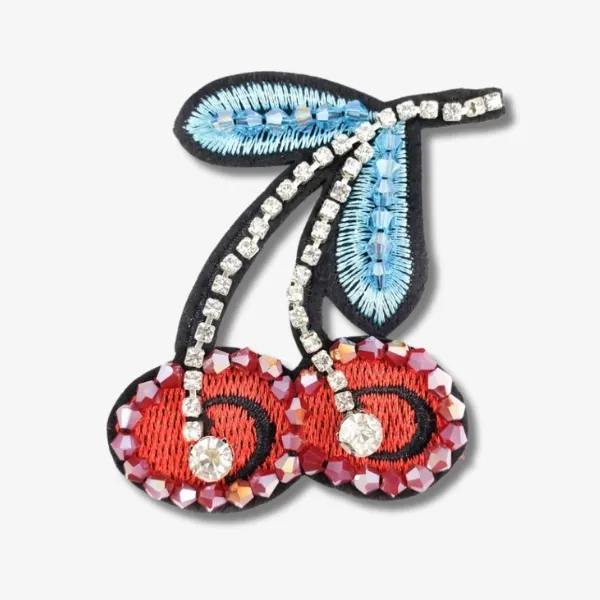
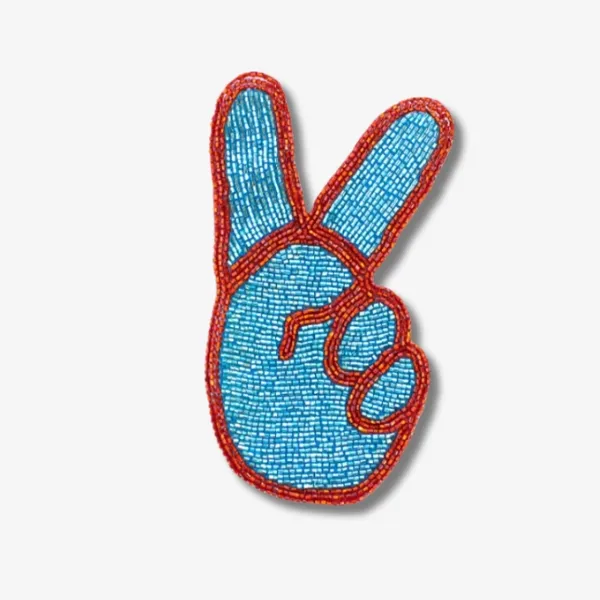
Price Range in the U.S: $3.00 - $7.00 per patch
Note: The above prices mentioned are just to give you an estimate. If you order from us, original prices may vary.
Types of Backing
So far, you know the variety of available patches, but the backing options are also important. Below, I will explain the backing types and which type is ideal for particular custom patches.
Sew-On
Sew-on backing requires stitching the patch onto the fabric, ensuring a secure and permanent attachment. Ideal for durable patches, such as embroidered, woven, and chenille patches on jackets, uniforms, and heavy fabrics.
Iron-On
Iron-on backing uses heat-activated adhesive for easy application with an iron. It is perfect for quick, semi-permanent attachment on lighter fabrics like T-shirts and hats and is suitable for embroidered and printed patches.
Velcro
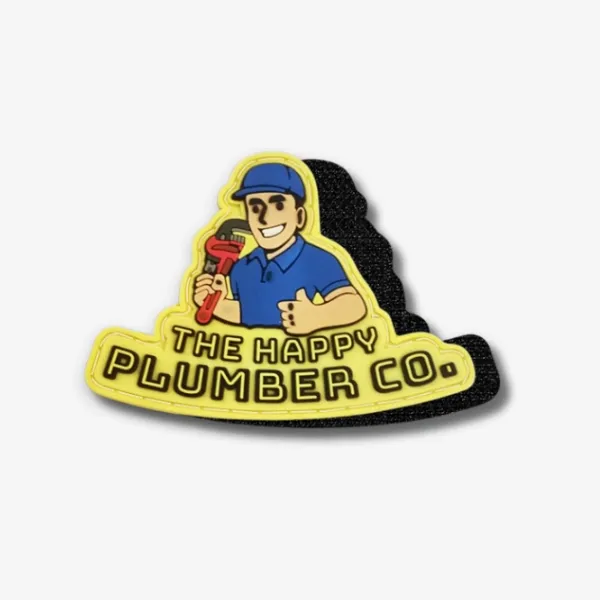
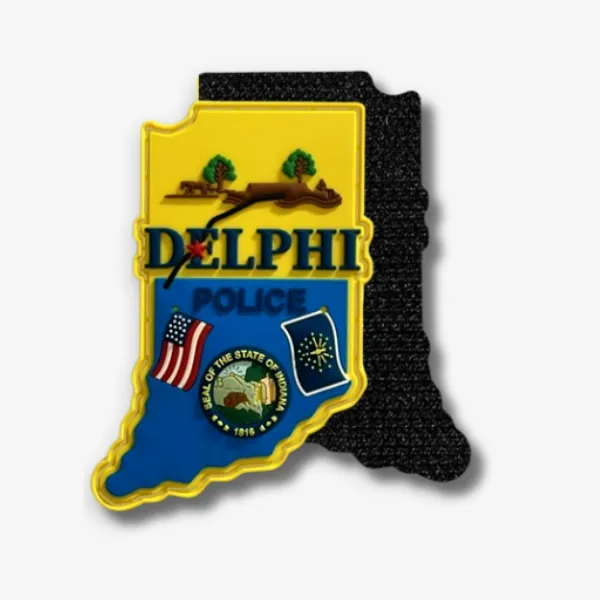
Velcro backing features hook-and-loop fasteners for removable and reusable patches. It is ideal for military, tactical gear, and corporate uniforms where patches need to be swapped out frequently. It also works well with embroidered and PVC patches.
Adhesive
Adhesive backing provides a peel-and-stick solution for temporary use. It is best for promotional items, events, or temporary decoration on various surfaces. It is also suitable for printed and woven patches.
Magnetic
Magnetic backing uses magnets to attach patches without damaging the fabric. It is perfect for non-permanent applications on metal surfaces like lockers, refrigerators, and vehicles. It is also suitable for PVC and woven patches.
Final Thoughts
Choosing the right custom patch is more than just a design choice; it's about representing your brand, team, or organization with pride and distinction. Whether you opt for the classic appeal of embroidered patches, the sleek finish of woven patches, the rugged elegance of leather patches, or the modern versatility of PVC patches, each type offers unique benefits tailored to different needs and preferences. With options like glow-in-the-dark, reflective, appliqué, and beaded patches, the possibilities are endless for creating standout, personalized designs.
Understanding the variety of backing options—from sew-on to magnetic—ensures that your patches not only look great but also stay securely attached. By considering the specific requirements of your application and the benefits each type of patch and backing offers, you can make an informed decision that enhances your product's appearance and functionality.
Investing in custom patches is a powerful way to elevate your brand or team identity. With the knowledge gained from this guide, you're well-equipped to choose the perfect patch that meets your needs. If you are looking to buy custom patches, you can get them from ThePatchio. Our reliable service, low minimums, and free delivery worldwide make us a popular choice among customers in the U.S.


